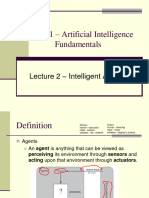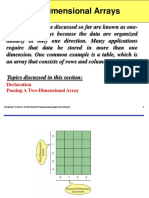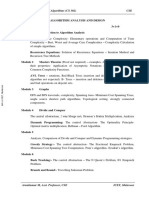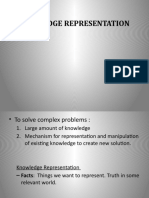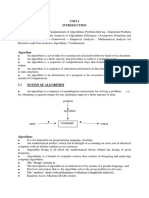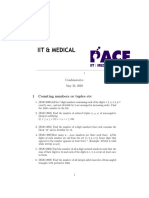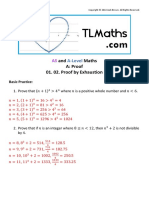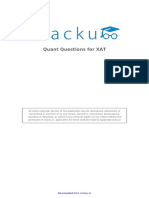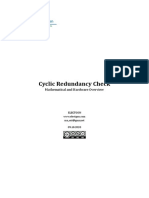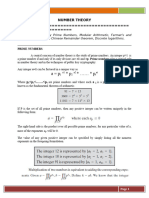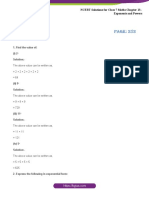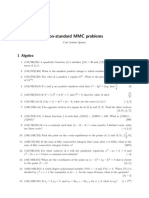0% found this document useful (0 votes)
211 views24 pages1 - 1 - Fundamentals - Algorithm - Problem - Sloving
The document discusses fundamental concepts of algorithm problem solving including defining an algorithm, steps to design and implement algorithms, important problem types, and fundamental data structures. It provides examples of algorithms for computing the greatest common divisor and determining which locker doors are open after a series of passes. It also outlines the process of understanding a problem, choosing an algorithm design technique, and analyzing an algorithm's efficiency.
Uploaded by
Karthikeyan RVCopyright
© © All Rights Reserved
We take content rights seriously. If you suspect this is your content, claim it here.
Available Formats
Download as PDF, TXT or read online on Scribd
0% found this document useful (0 votes)
211 views24 pages1 - 1 - Fundamentals - Algorithm - Problem - Sloving
The document discusses fundamental concepts of algorithm problem solving including defining an algorithm, steps to design and implement algorithms, important problem types, and fundamental data structures. It provides examples of algorithms for computing the greatest common divisor and determining which locker doors are open after a series of passes. It also outlines the process of understanding a problem, choosing an algorithm design technique, and analyzing an algorithm's efficiency.
Uploaded by
Karthikeyan RVCopyright
© © All Rights Reserved
We take content rights seriously. If you suspect this is your content, claim it here.
Available Formats
Download as PDF, TXT or read online on Scribd
/ 24


